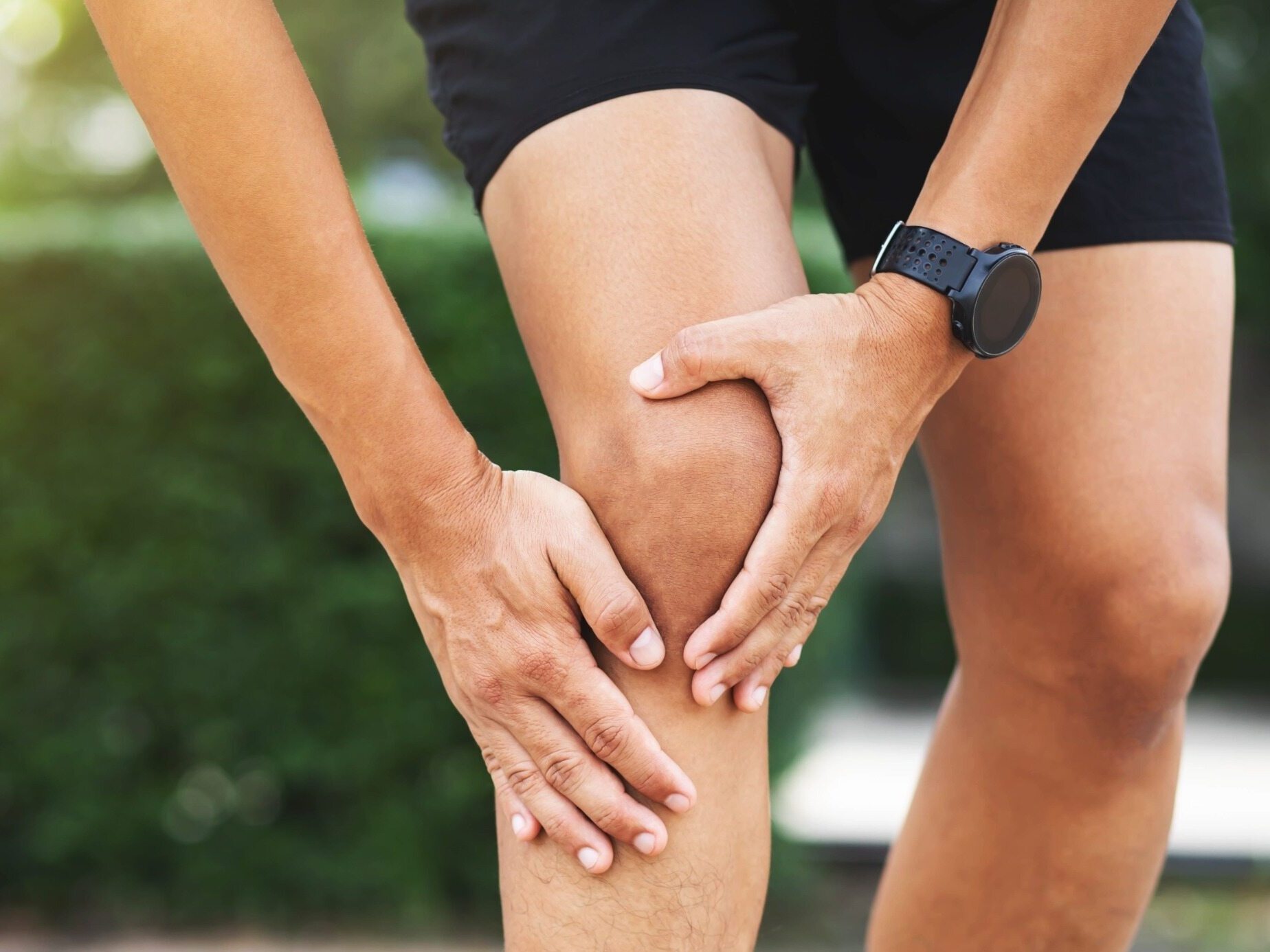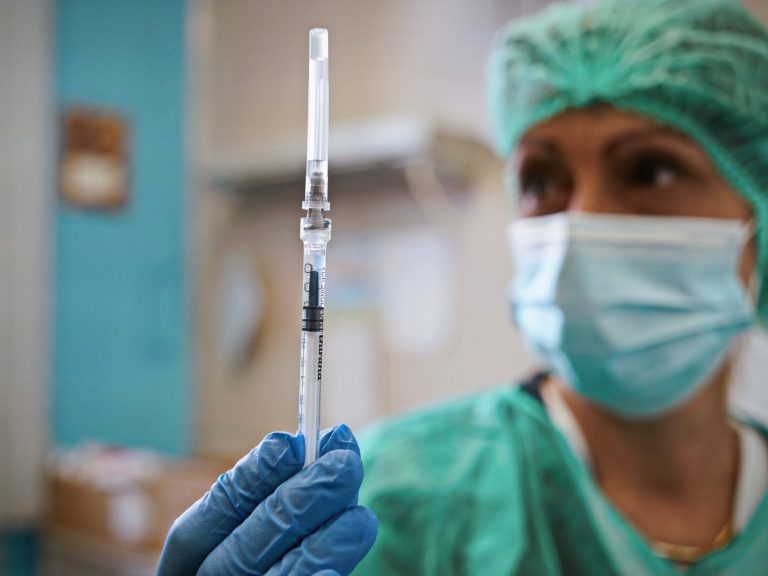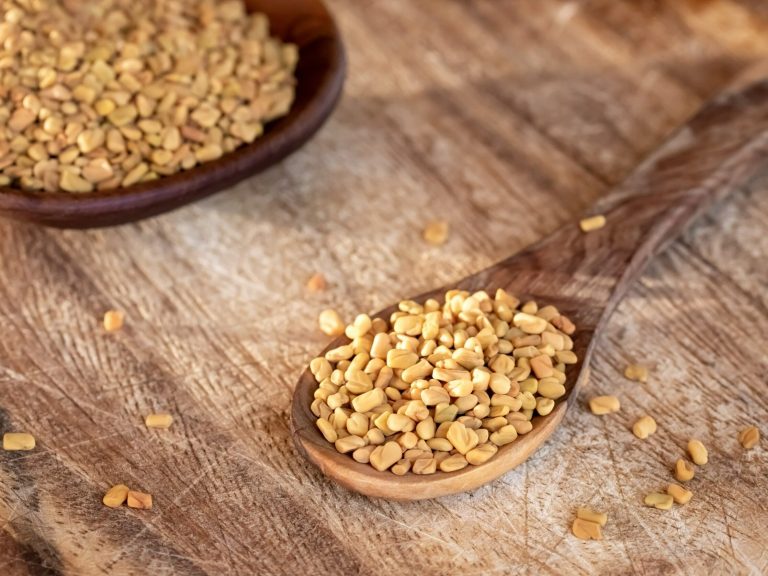Popping joints can herald serious problems. Don’t ignore this symptom

Pond shooting is a fairly common problem. Virtually everyone has experienced this condition at least once in their life. Many people downplay it. Wrong. The mentioned symptom, although harmless at first glance, may be an “alarm signal” indicating that something bad is happening in the body. See when it shouldn’t be ignored.
The causes of cracking in joints vary. Most often, “shooting” in the knees, fingers or wrists is a side effect of sitting for a long time and keeping the body in one position. It is caused not only by lack of physical activity, but also by obesity, joint overload and hormonal fluctuations. Usually the “crunching” goes away on its own after moving around. If it persists or recurs frequently, it is worth seeing your primary care physician. This symptom may indicate the development of serious diseases.
Shooting joints and rheumatic diseases
Popping joints may be an early symptom of rheumatic diseases, such as rheumatoid arthritis. When should a “crunching” sound in the knee or wrist concern us? You should not delay visiting a specialist when these types of sounds are accompanied by pain, a feeling of bones jumping, as well as redness and swelling of the skin visible around the joint or limitation of its mobility. In such a situation, it is best to immediately go to your general practitioner and ask for a referral to an orthopedist who will diagnose the cause of the problem and implement appropriate therapy.
Untreated rheumatoid arthritis leads to many pathological changes in the skeletal system. It often results in deformation of the joint in which the disease processes take place. It may also lead to permanent and irreversible impairment of the functions of a given structure, and thus disability. Therefore, you should not ignore the cracking or “crunching” in the joints and react as quickly as possible.
Popping in the joints as a symptom of chrondomolation
Chrondomolation is nothing more than the softening of articular cartilage. During the course of the disease, its structure changes. The cartilage becomes fibrous. In addition, it has numerous cracks. How to recognize this disease? “Shooting” in the joints is not the only symptom. Other symptoms include difficulty moving (climbing stairs is the most difficult), pain when walking, and swelling of the joint. Chrondomolation most often affects the patella.
The disease has four stages of advancement. Treatment depends on the severity of pathological changes. Patients are usually recommended rehabilitation (exercises that strengthen the muscles that support the joints), wearing special stabilizers, hyaluronic acid injections, stem cell therapy or platelet-rich plasma therapy. Sometimes the only way to restore the proper function of a diseased joint is surgical intervention.
Popping joints can have other causes
Popping in your joints can also be a sign of dehydration. When the water supply is not sufficient to meet all the body’s needs, the fluids supplied to the body are utilized by the most important organs necessary to maintain vital functions, i.e. the brain, lungs and heart. The skeletal system deprived of the appropriate amount of water does not function properly. There is a phenomenon of joints rubbing against each other, which causes characteristic sounds resembling shooting or crunching. These types of ailments may also result from a deficiency of microelements that support the proper functioning of the skeletal system, for example calcium, omega-3 acids, protein or vitamins B and C.





